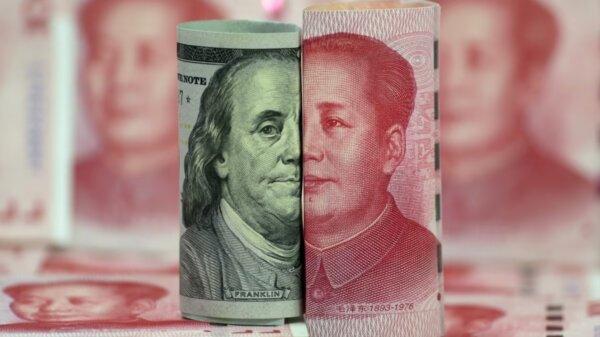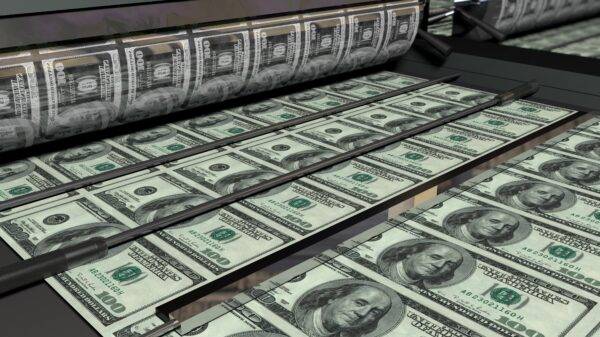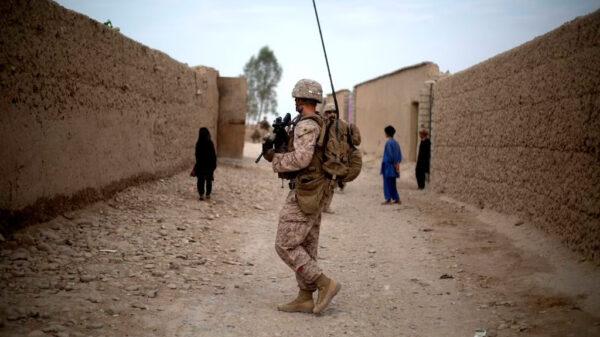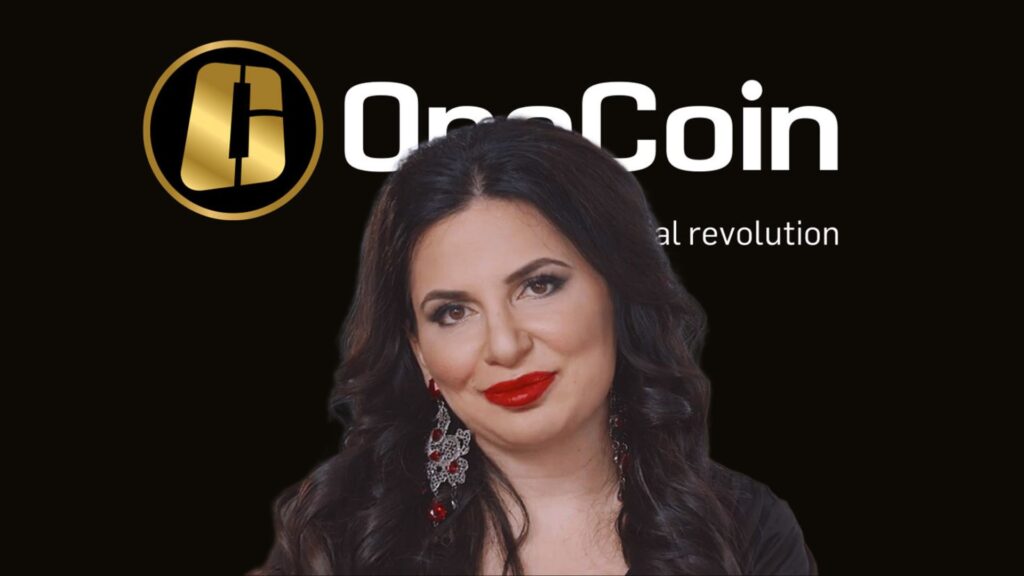Currently the Lebanon economic crisis surpasses that of many nations, characterized by soaring inflation, stagnant wages, and a sluggish economy. However, the depth of Lebanon’s struggle sets it apart. The country is facing what is arguably the worst economic crisis witnessed in the last 150 years. Shockingly, over 80 percent of the population lives below the poverty line. Spiraling prices have reached alarming levels, while the national currency has experienced a free fall, losing more than 97 percent of its value.
Beyond the statistics and economic indicators lies a profound human tragedy. Millions of Lebanese citizens are grappling with the loss of their livelihoods, facing frustration, and a pervasive sense of betrayal. The incessant corruption and mismanagement within the government have left them exhausted and hopeless. Unable to provide for their families, some desperate parents have resorted to sending their children to orphanages, driven by sheer inability to feed them. Astonishingly, individuals have turned to bank robbery not for personal gain, but to reclaim what is rightfully theirs. Meanwhile, the banking sector has facilitated the illegal transfer of over six billion dollars abroad, with bankers themselves purchasing luxury properties in New York.
From Prosperity to Collapse: Tracing the Downfall
Lebanon’s rapid descent into crisis is truly remarkable when considering its relatively prosperous past. Just a few years ago, the country outperformed its regional counterparts, boasting one of the highest GDPs per capita in the Middle East. Its thriving tourism sector and robust banking system earned it the moniker “the Switzerland of the Middle East.” However, in a startling turn of events, Lebanon’s progress was brought to its knees within a short span of time.
What exactly sparked this swift and catastrophic decline? To comprehend the extent of Lebanon’s crisis, it is crucial to explore its underlying causes and the reverberating consequences it continues to face today. Only by doing so can we gain insight into the possibility of a brighter future amid the prevailing darkness.
Exploring the Historical Context of the Lebanon Economic Crisis
To gain a comprehensive understanding of the Lebanon crisis, it is crucial to delve into its origins, which trace back to the year 1975. At that time, Lebanon found itself embroiled in a civil war characterized by a fierce conflict between the Christian and Muslim factions. The ramifications of this feud extended throughout society, leaving no aspect untouched. Over a span of 15 tumultuous years, the war inflicted a devastating toll, claiming the lives of approximately 120,000 individuals. Finally, in 1989, representatives from each faction agreed to engage in negotiations to bring an end to the conflict. The outcome of these discussions birthed a sectarian government that aimed to distribute political power among the various religious groups.
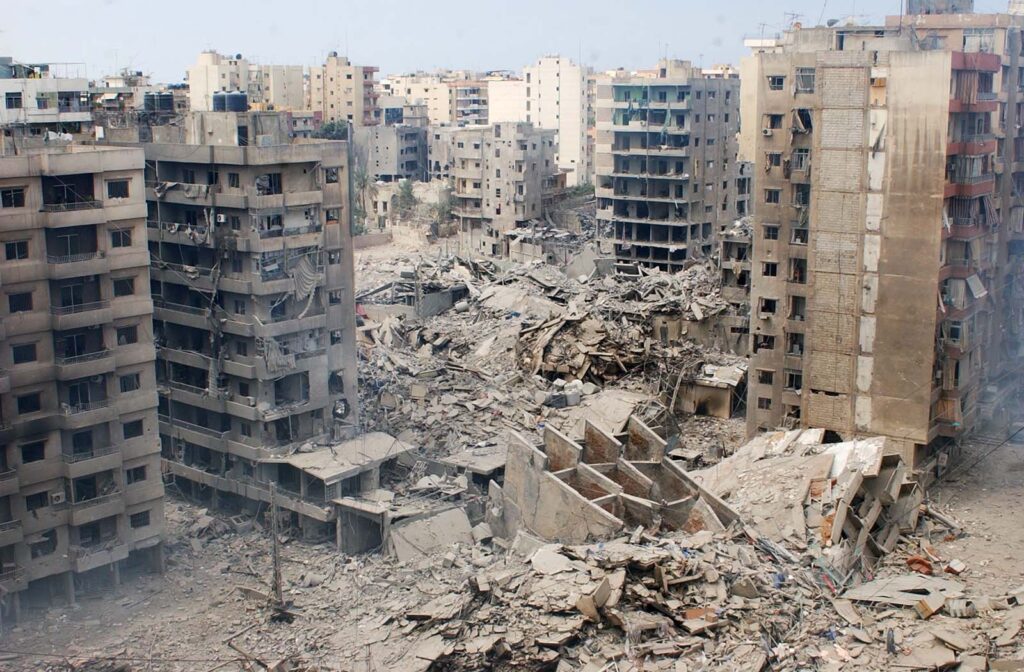
Within this political landscape, each religious faction was granted representation in Lebanon’s Parliament, with political parties forming along religious lines. Additionally, each sect laid claim to specific ministries, effectively dividing the government into five segments. The intention behind this arrangement was to establish a temporary three-year fix, acting as a stepping stone towards a more stable and non-sectarian system. However, the anticipated transition failed to materialize, and the repercussions that unfolded in the subsequent decades can be attributed to this deep-rooted divide.
Political Exploitation in the Aftermath of Civil War
The sectarian division that emerged during this period provided a fertile breeding ground for politicians to exploit the situation, furthering their personal interests and filling their own coffers in the process. As Lebanon emerged from the ravages of the civil war, the country faced the arduous task of rebuilding and yearned for a sense of political stability. Capital began to flow into the nation, bolstered by foreign aid. The government capitalized on this assistance and implemented incentives to attract foreign investment. Consequently, Lebanon experienced a significant surge in its economic growth. From 1990 to 2000, the country’s Gross Domestic Product (GDP) witnessed an impressive increase of 400 percent. Trade, tourism, and financial services accounted for approximately 60 percent of Lebanon’s GDP. Moreover, Lebanese citizens residing abroad contributed significantly to the economy by sending substantial remittances back home.
Due to its reliance on imports for essential commodities like food and fuel, Lebanon’s economy became highly dependent on foreign currencies. Since the majority of global trade transactions are conducted in U.S. dollars, the American currency assumed a pivotal role in Lebanon’s economic framework. Acknowledging this reality, the government made the decision in 1997 to peg the local currency to the U.S. dollar at a fixed exchange rate. Consequently, the previously unstable local currency gained strength, thereby imparting stability to the nation’s economy and enabling the government to secure more financing.
The Illusion of Progress and Hidden Corruption
Nevertheless, a significant challenge arose during this period when a substantial portion of the capital inflow found its way into the hands of politicians rather than being invested in vital infrastructure projects. This misappropriation of funds, however, went largely unnoticed as the booming economy and rising living standards masked the underlying corruption and mismanagement within the government. Citizens reveled in an era of apparent prosperity, unaware of the hidden consequences.
The situation took a somber turn when the influx of foreign aid began to dwindle. Faced with this decline, politicians sought new avenues to enrich themselves. It is worth noting that many of these politicians maintained direct connections or outright ownership of national commercial banks.
Lebanon’s Three Tiers Financial Structure
Lebanon’s financial structure was carefully crafted by politicians and bankers to generate revenue for the government. From the fragmented government to the central bank and commercial banks, each tier plays a significant role in this entangled web of financial maneuvering.
At the pinnacle of this structure resides the government, divided into multiple factions, each representing a distinct sect. This fragmentation often leads to conflicting interests and challenges in decision-making. Beneath the government lies the central bank, serving as the intermediary tier, while the base tier is occupied by commercial banks. The ultimate objective was to utilize the central bank’s reserves to fuel government spending.
Attracting Foreign Capital: The Central Bank’s Strategy
To achieve their objective, the policymakers realized the need to attract foreign capital into the central bank’s reserves. To entice commercial banks into depositing their reserves with the central bank, it resorted to offering exceptionally high interest rates. These lucrative returns became an irresistible proposition for commercial banks, prompting them to deposit their clients’ funds with the central bank.
The strategy yielded remarkable results. Imagine obtaining a 10% return on a dollar deposit, at a time when European and American banks were offering minimal to no returns for similar deposits. Lebanon, fortified by its high level of banking secrecy and conservative practices, transformed into a financial magnet. It swiftly attracted substantial foreign deposits, catering to clients ranging from the Middle East to Europe.
As deposits poured into commercial banks, they were subsequently channeled to the central bank. Accumulating significant foreign currency reserves, the central bank seized the opportunity to lend this money to the government. This complex operation operated behind the façade of Lebanon’s seemingly burgeoning economy, eluding scrutiny once again. Consequently, the government’s debt spiraled, with Lebanon’s debt-to-GDP ratio surpassing 100 percent.
The Consequences: Corruption and Decaying Services
While high debt levels are not inherently problematic if wisely invested in infrastructure and economic growth, Lebanon deviated from this path. Instead, a significant portion of these funds found their way into the pockets of politicians, exacerbating the already dire situation. The consequence? Basic public services began to crumble, plunging the nation into constant power outages and rendering tap water undrinkable.
The public’s discontent finally reached a boiling point. Frustrated with the pervasive corruption and mismanagement, people began to witness the true extent of the issue. However, the politicians responded merely by swapping positions within their ministries, perpetuating the problems plaguing the nation.
Tracing the Path to Collapse
The U.S. banking crisis has shown us the consequences of a fragile foundation. It’s merely a matter of time before a perfect storm emerges, endangering the entire nation’s economy. We’re not discussing a bank in this scenario, but rather the economic state of an entire country. In Lebanon’s case, the first domino fell in 2011 when conflicts erupted in neighboring Syria. Over the subsequent years, Lebanon became a haven for approximately 1.5 million displaced Syrians, placing immense strain on an already precarious social system. It’s important to note that this very system struggled to support its local population, let alone an additional 1.5 million individuals.
The regional tensions brewing in the wake of conflicts in neighbouring Syria had a detrimental impact on Lebanon’s economy. The uncertainty and unrest created a void of confidence among investors, resulting in a significant reduction in new foreign investments. As a consequence, Lebanon faced dwindling funds and a desperate need for dollar reserves to sustain its import-dependent economy.
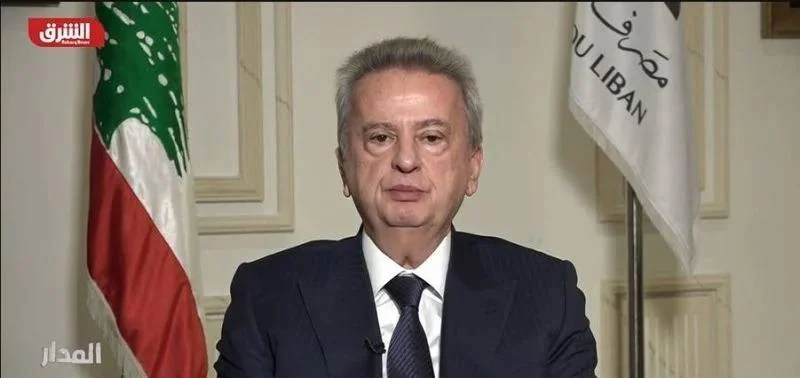
Amidst the chaos, Riad Salameh, the chairman of Lebanon Central Bank and a former Merrill Lynch banker, stepped forward as a beacon of hope. Leveraging his financial expertise, Salameh introduced an array of intricate financial mechanisms to rescue the country. The scheme offered commercial banks substantial returns in exchange for bringing new dollar deposits into Lebanon. Local banks resorted to various techniques to procure foreign currency, causing interest rates on deposits to skyrocket. However, this approach was akin to a quasi-Ponzi scheme.
While the influx of funds momentarily reinvigorated the economy, it also amplified liabilities for both banks and the government due to the heightened interest rates. Consequently, Lebanon’s national debt transformed into foreign currency debt, triggering a surge in debt servicing costs. These costs rapidly consumed one-third of the country’s annual budget, exacerbating the financial predicament.
The Downward Spiral
As expenses mounted and foreign currency reserves dwindled, the true nature of the crisis became apparent. However, by the time the situation was recognized, it was already too late. In 2017, political instability, marked by the prime minister’s resignation and the government’s failure to implement promised reforms, prompted foreign donors to withdraw their investments. With no inflow of foreign capital and limited options for generating funds, Lebanon resorted to acquiring more debt, leading to an uncontrollable escalation of the debt burden. By 2019, the debt had soared to a staggering 170 percent of the country’s GDP, pushing the government to default on its foreign debt obligations. The consequences were dire, with soaring unemployment rates, triple-digit inflation, and a once-vibrant nation teetering on the brink of collapse.
As if the situation were not dire enough, Lebanon was hit by the ravages of a global pandemic, further exacerbating its economic woes. However, the worst was yet to come, as the pandemic unleashed a devastating impact on the already fragile economy.
Lebanon’s Catastrophic Explosion in Beirut
The catastrophic explosion in Beirut on August 4th, 2020, sent shockwaves throughout the country, exposing the deep-rooted corruption within the Lebanese government. The country was left reeling when a warehouse in Beirut’s Port area, containing 2,700 tons of highly volatile ammonium nitrate, exploded. The explosion, a result of the government’s negligence, led to a staggering loss of lives, extensive damages, and the destruction of the port responsible for 70% of Lebanon’s imports. The country plunged into a state of chaos, exacerbated by a struggling economy and widespread food shortages.
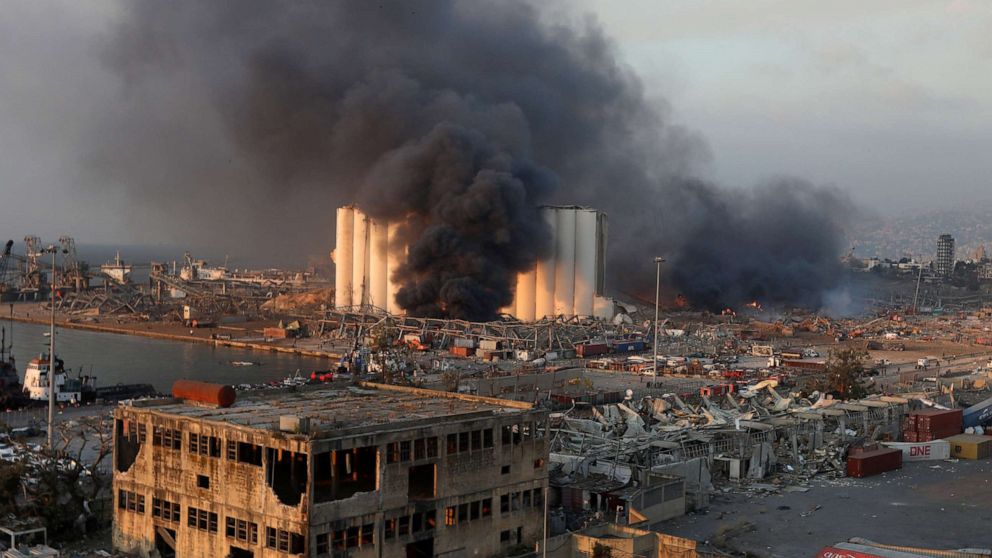
In the wake of the disaster, the Lebanese government faced severe backlash from the public. The Prime Minister acknowledged the explosion as a consequence of endemic corruption deeply embedded within the state. However, there was no immediate action taken to hold the responsible parties accountable. This lack of accountability fueled the people’s anger and frustration, leaving them to endure the darkest days of their nation’s history.
Regrettably, the years following the explosion showed little improvement. Despite widespread protests and activism, efforts to address the root causes of the crisis and advocate for political reforms hit significant roadblocks. The lack of consensus among activists further complicated the situation, hindering progress towards a unified path forward.
Economic Fallout and Tax Controversy
The government, desperate for funds in the face of economic collapse, resorted to proposing a peculiar solution: a new tax on WhatsApp’s video call feature, amounting to 20 cents per day. This ill-conceived tax predominantly burdened the less privileged, further fueling the fire of discontent among the masses. The tax only highlighted the deep-seated inequality within the political system, where the few in power seemed to benefit while the majority suffered.
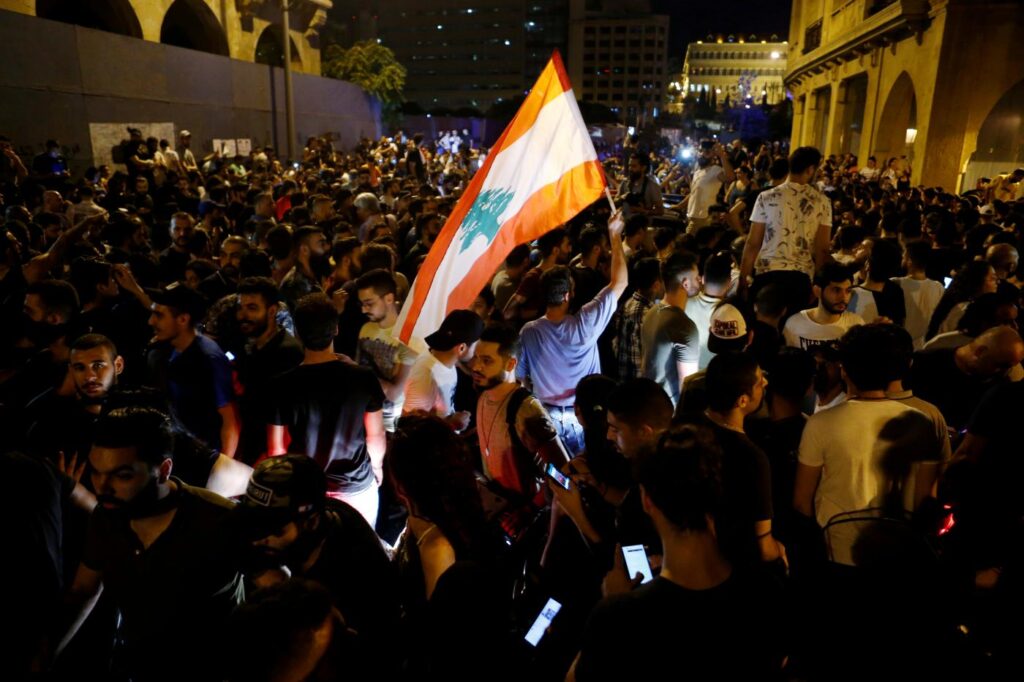
As Lebanon’s political climate deteriorated, the banking sector grew increasingly apprehensive. Fearing a potential bank run, banks began withholding foreign reserves, especially dollars, effectively restricting depositors’ access to their own funds. This move not only eroded public trust but also triggered a series of unfortunate events.
Currency Crisis and Plummeting Exchange Rate
Lebanon, traditionally reliant on bank deposits, witnessed a significant loss of faith in the local currency. With a considerable portion of the population receiving overseas remittances in dollars, the banking sector’s withdrawal of dollar-denominated deposits proved disastrous. As a result, citizens rushed to exchange their Lebanese pounds for dollars, exacerbating the currency’s devaluation.
The exchange rate plummeted rapidly, dropping from 1,500 Lebanese pounds to the dollar prior to the crisis, to an alarming street rate of 23,000 to $1 by late January 2022. The situation worsened, reaching an astonishing exchange rate of 100,000 Lebanese pounds to 1 dollar by April 2023.
The Catastrophic Impact
With the currency crisis and plummeting exchange rate, Lebanon’s GDP has been severely impacted, with over half of it vanishing since 2018. By July 2022, hyperinflation had taken hold, causing certain products to witness a shocking tenfold price increase. To put this into perspective, inflation had skyrocketed to 124 percent by the end of 2022. The repercussions of these figures are profound, as individuals who once earned $900 per month are now left with less than 50 dollars to sustain themselves.
Compounding the crisis, Lebanon has failed to raise the minimum wage since 2017. Even this meager income is considered a blessing for some, as unemployment has reached an alarming thirty percent. However, these statistics fail to fully encapsulate the extent of human suffering. 70% of households are struggling to make ends meet, and in more than a quarter of these households, adults are compelled to skip meals due to financial constraints. Heartbreakingly, parents are forced to resort to sending their children to orphanages simply because they lack the means to provide for them.
The scarcity of foreign currency reserves has rendered Lebanon incapable of importing essential goods, leading to significant shortages in everyday necessities. The most pressing issue is fuel, with long queues forming outside gas stations where people spend hours waiting for their turn. Electricity has become a fleeting luxury, available for only a few hours each day. This dire situation has caused a major crisis in hospitals, exacerbated by the scarcity of vital medications. Additionally, water services have been severely impacted, resulting in outbreaks of diseases, including the first cholera outbreak in decades.
As the situation worsens, a self-perpetuating cycle emerges. Public teachers, for example, embarked on a three-month strike due to their salaries no longer covering even basic commuting costs. Local businesses teeter on the edge of bankruptcy, hindered by electricity shortages and the diminishing purchasing power of the population. As desperation mounts, crime rates surge, with individuals resorting to desperate measures simply to secure their own funds. Some of these individuals have become symbols of resilience and determination, representing the unwavering spirit to fight against the very forces that thrust them into such dire circumstances.
The Exodus of Talent and Hope
People are fleeing Lebanon in droves, with the number of emigrants increasing by a staggering 450 percent between 2020 and 2021. Many risk their lives by embarking on treacherous sea journeys to reach destinations like Cyprus, Turkey, and other parts of Europe. This mass exodus has led to a significant brain drain, as highly skilled individuals are often the first to leave. Sectors such as healthcare are particularly hard-hit. It is important to remember that there are still over a million refugees in Lebanon, adding to the immense hardship faced by all those involved.

Despite the magnitude of the crisis, those responsible for Lebanon’s predicament largely remain in power. The true extent of corruption may still be concealed, but hints of its existence have already come to light. Following the protests in 2019, an estimated six billion dollars fled the country and found refuge in offshore accounts. Bankers have been investing in overseas properties, and even Riad Salameh, the infamous chairman of Lebanon Central Bank, who was expected to salvage the nation, is currently under investigation for alleged money laundering and embezzlement.
As time progresses, the veil obscuring Lebanon’s banking and political system will gradually lift, potentially revealing the full scope of corruption that has plagued the nation.
So what about the future? How can this be fixed?
Reviving Lebanon’s Economy: A Road to Recovery
Lebanon has been grappling with severe economic challenges that demand immediate attention. To ensure a prosperous future, the nation must implement effective solutions to overcome its current crisis.
It’s path to economic stability lies in the implementation of viable solutions. Primarily, the nation must focus on generating cash flow to reinstate vital services, including imports, electricity, water, and medicine. Additionally, restructuring the banking sector and social services is crucial to address the root causes of the crisis. Without these essential steps, Lebanon’s problems will continue to persist and exacerbate. Moreover, it is imperative for the national currency to detach itself from the dollar peg and become a flexible currency.
Obstacles in the Pursuit of Economic Stability
While the solutions mentioned above seem straightforward, their execution is impeded by complex realities. Political barriers have hampered progress, leading to postponed efforts and hindrances in rebuilding trust in financial institutions. Lebanon has engaged in discussions with the International Monetary Fund (IMF) for a bailout plan over the past three years. However, the condition of government restructuring, which is crucial for receiving aid, poses a threat to the current ruling elites’ power. Reluctant to relinquish control, the regime resists this concession. Lebanon’s deep-rooted problem lies in its sectarian politics, perpetuating a system that prioritizes the elites’ interests over the well-being of the population. Without a fundamental change in the political system, there is no incentive for the ruling elites to alter their behavior, leaving the people of Lebanon to seek their own solutions.
Also Read: Albania’s Dark Legacy – The Tragic Consequences of Pyramid Schemes
The Dollarization Dilemma
A significant development in Lebanon’s economy is the dollarization trend. Conducting transactions in US dollars is an attempt to circumvent the volatility of the local currency. However, this temporary solution brings its own set of risks. Dollarization aims to control inflation and stabilize the economy but may inadvertently push more people into poverty. Countries like Zimbabwe and Ecuador have adopted the US dollar to combat hyperinflation and economic troubles, albeit with mixed results. Consequently, it remains uncertain whether this approach will yield long-term benefits for Lebanon. Moreover, due to the malfunctioning of banking systems, Lebanon has transformed into a predominantly cash-based economy. Consequently, the government experiences reduced tax revenues.
Looking towards a Brighter Future
Undoubtedly, the road to recovery is arduous for the people of Lebanon. Nevertheless, history has shown that countries can overcome economic disasters and emerge stronger on the other side. It is essential to maintain hope and optimism for Lebanon’s future. By implementing comprehensive economic reforms, addressing political hurdles, and fostering trust in financial institutions, Lebanon can pave the way for sustainable growth and prosperity.


